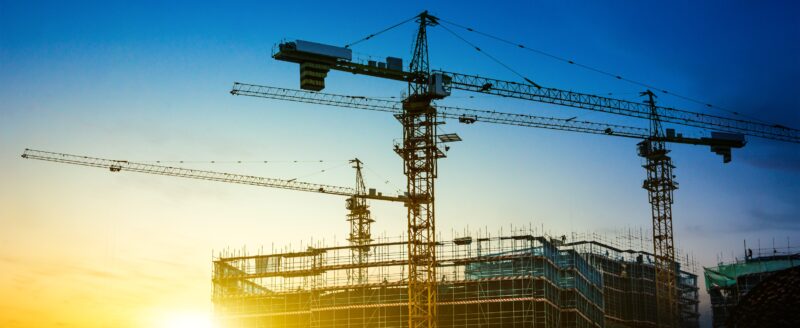Embarking on the journey of building your dream home is an exciting endeavor, but understanding the various factors that contribute to home building costs is crucial to ensure you stay within your budget. From design and materials to labor and permits, there’s a myriad of elements that influence the final price tag. In this comprehensive guide, we’ll demystify home building costs and shed light on the key factors that impact the overall expense of constructing your ideal living space.
Factors Influencing Home Building Costs
- Home Design and Size: The architectural design and size of your home significantly affect construction costs. Larger homes with intricate designs tend to require more materials and labor, which can drive up expenses.
- Location: The geographical location of your building site plays a significant role. Construction costs can vary based on local labor rates, cost of materials, and accessibility to utilities.
- Materials and Quality: The quality of construction materials you choose, such as flooring, roofing, siding, and finishes, has a direct impact on the final cost. High-end materials typically come with a higher price tag.
- Foundation and Structure: The type of foundation (e.g., slab, crawl space, basement) and the structural components of your home contribute to construction costs. Complex foundations or unique structural features can increase expenses.
- Labor and Contractor Fees: Labor costs cover skilled tradespeople like carpenters, electricians, plumbers, and contractors. Labor rates vary based on location and the complexity of the project.
- Permits and Regulatory Fees: Obtaining building permits and complying with local regulations incur costs. These fees can vary depending on your area and the type of construction.
- Site Preparation and Infrastructure: Clearing the building site, preparing the land, and establishing utility connections (water, sewage, electricity) are essential and can impact overall costs.
- Utilities and Systems: The installation of plumbing, electrical, HVAC, and other systems is a significant cost factor. Energy-efficient systems may have a higher upfront cost but can lead to long-term savings.
- Architectural Features: Special architectural features like vaulted ceilings, custom windows, and intricate moldings contribute to labor and material costs.
- Interior Finishes: The finishes you choose for your interiors—such as cabinetry, countertops, flooring, and fixtures—vary widely in price and can significantly impact your budget.
Estimating Home Building Costs
- Consult Professionals: Work with experienced architects, contractors, and builders who can provide accurate estimates based on your design preferences and project scope.
- Budget for Contingencies: Set aside a contingency fund (usually around 10-20% of the total budget) to account for unforeseen expenses that may arise during construction.
- Get Multiple Bids: Obtain quotes from different contractors and suppliers to ensure you’re getting competitive pricing for materials and labor.
- Use Cost Estimation Tools: Online cost estimation tools can provide a rough estimate based on your project’s size, location, and specifications. However, these should be used as a starting point and not relied upon as the final figure.
- Detailed Cost Breakdown: Work with your contractor to receive a detailed cost breakdown, which itemizes expenses for labor, materials, permits, and other key components.
Managing Home Building Costs
- Prioritize Must-Haves: Identify non-negotiable features and allocate your budget accordingly. Consider compromising on less essential elements to maintain your overall budget.
- Material Alternatives: Explore cost-effective material alternatives that provide the look and quality you desire without breaking the bank.
- Value Engineering: Work with your design and construction team to find cost-effective solutions without sacrificing quality or design integrity.
- Phased Construction: If necessary, consider phasing the construction process to spread out costs over time. For example, you could build the main structure first and complete interior finishes later.
- Regular Communication: Maintain open communication with your contractor throughout the project to stay informed about any potential cost overruns and address them promptly.
Conclusion
Building your dream home involves careful planning, budgeting, and decision-making. Understanding the intricacies of home building costs empowers you to make informed choices that align with your vision and financial capabilities. By considering factors such as design, materials, labor, and location, and by utilizing expert advice, you can embark on your home-building journey with confidence, knowing that you’re well-prepared to navigate the complexities of budgeting and create a space that truly reflects your aspirations.












